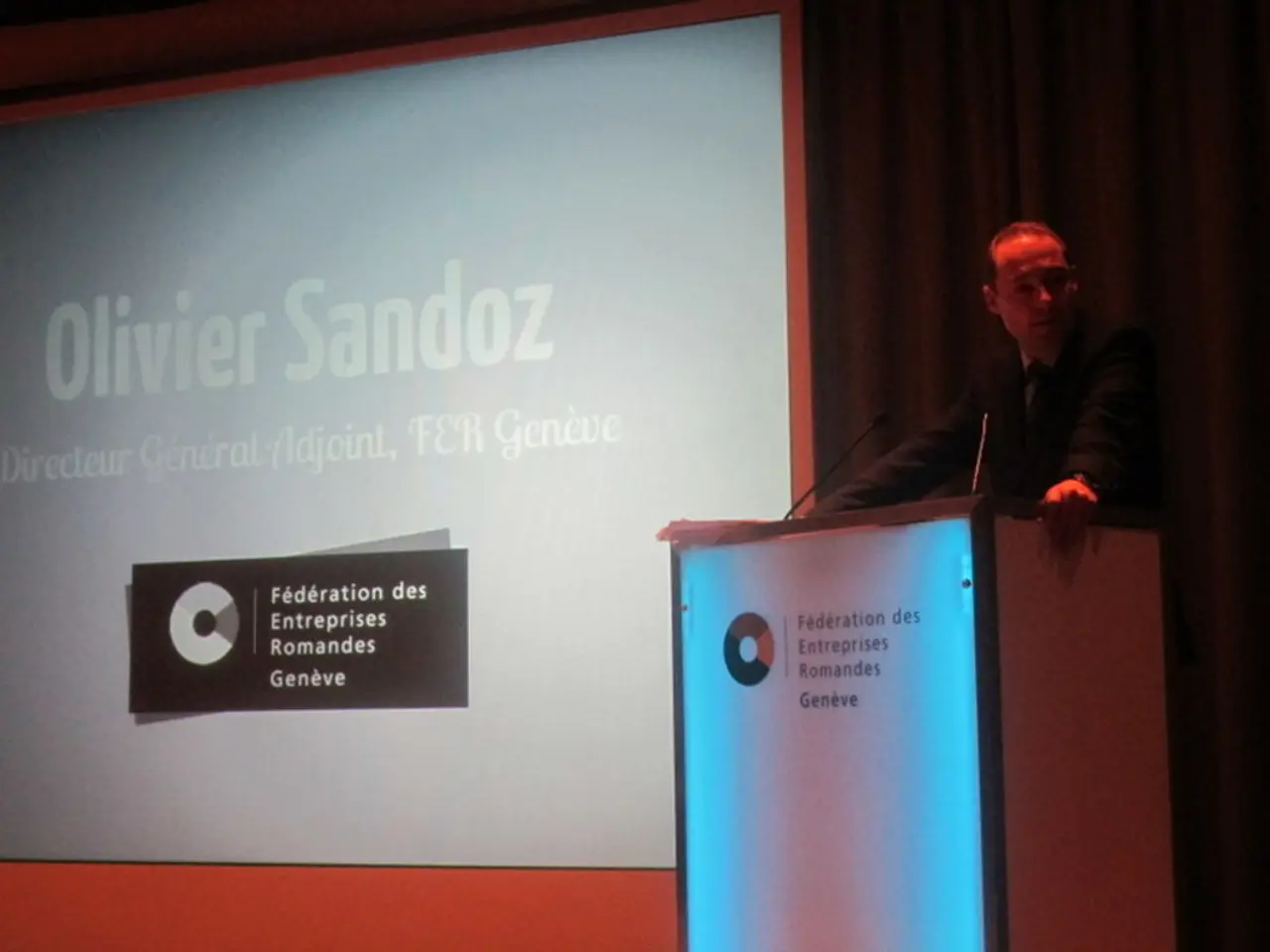Anticipated cybersecurity landscape in 2025: Trends and potential threats
In the opening months of 2025, the cybersecurity world was shaken by a significant exploit campaign targeting Ivanti technology. This attack, orchestrated by a China-linked threat actor group known as "Houken," posed a substantial threat to critical infrastructure sectors across France, including government, telecom, media, finance, and transport networks.
The exploit involved multiple zero-day flaws in Ivanti Cloud Service Appliance devices, which were actively exploited by Houken. The group employed sophisticated techniques, including the use of zero-day vulnerabilities and a rootkit, alongside a variety of open-source tools primarily developed by Chinese-speaking developers. This marked a shift in threat actor tactics, moving beyond opportunistic exploits of edge devices to targeted zero-day use.
Following the discovery of the campaign by France’s cybersecurity agency ANSSI in September 2024, Ivanti swiftly released multiple security patches throughout 2025, addressing a range of critical and high-severity vulnerabilities. These patches aimed to prevent potential credential leaks and remote code execution, among other threats.
The impact of this exploit campaign has been far-reaching:
1. It underscores the increasing risks posed to critical infrastructure by sophisticated state-linked threat actors using zero-days. 2. It stresses the importance of robust vulnerability management, rapid patching, and collaboration between private vendors and national cybersecurity agencies. 3. Security organizations and government entities have intensified monitoring and threat intelligence sharing focused on Ivanti and other widely used cybersecurity and infrastructure products. 4. The incident has accelerated investment in detection capabilities for zero-day exploits and complex intrusion sets. 5. It has also raised awareness of the broader security implications of supply chain and access broker activities, with threat actors monetizing footholds obtained through zero-day exploits.
As the cybersecurity industry grapples with the fallout from the Ivanti exploit, it is clear that the challenges faced by Chief Information Security Officers (CISOs) and other security decision makers are likely to continue. The evolving regulatory landscape is creating new problems, and the attacks in 2025 serve as a reminder of the vulnerabilities in technology.
In response, the outlook for 2025 encourages CISOs and other security professionals to prioritize their own well-being in the face of high stress and demanding workloads. Job dissatisfaction is running rampant among these professionals, due in part to budget constraints and heavy workloads. The outlook suggests that collaboration and support among CISOs and other security professionals will be key in overcoming these challenges.
Moreover, the outlook highlights the need for CISOs and other security decision makers to stay informed about the evolving regulatory landscape. Instead of hitting individual companies, attackers are now going after the vendors that serve them, and the severity of the attack campaigns is being ramped up.
In conclusion, the Ivanti zero-day exploit campaign in 2025 serves as a critical case study in the evolving threat landscape against critical infrastructure and has driven renewed emphasis on proactive defense and incident response strategies within the cybersecurity industry. It is a stark reminder that the fight against cyber threats is an ongoing battle, and vigilance and adaptability are key to staying ahead of the curve.
- Given the recent Ivanti zero-day exploit campaign, the cybersecurity world must acknowledge that technology vulnerabilities can be exploited by sophisticated state-linked threat actors, emphasizing the need for more proactive defense strategies.
- In the wake of the Ivanti attack, cybersecurity professionals should prioritize collaboration, support, and vigilance as they address the increasing risks posed by zero-day exploits and complex intrusion sets.




